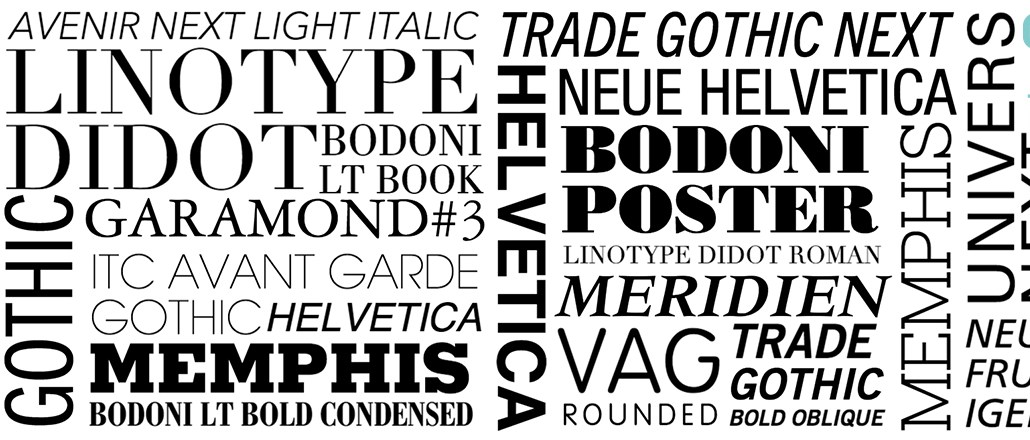
While typography might not be a water-cooler topic, it has over the past few years emerged from design circles and entered our wider industry discourse. Choosing the right font to include in all forms of marketing communication (from digital banners to mobile landing pages) has become a concern no longer confined to single departments, especially in the case of brands. From readability to aesthetics, a knowledge of typefaces is now an essential attribute of the contemporary brand executive.
The massive shift of consumers from traditional advertising channels to HTML5-based environments (e.g., smartphone, tablet and desktop devices) has passed the saturation point. This trend is matched by the migration of advertising dollars to these same environments. Unfortunately, advertisers often struggle to maintain the consistency of brands’ communication across a variety of devices and screen sizes.
There are a few reasons for this difficulty. First was the number of fonts available to designers. Beyond using a few standard — but not necessarily frequently used — fonts across the industry, designers had little choice to meet the creative standards of the brand they were designing for.
This often led those designers to resort to fixed images of text rather than actual text elements. Since for so long they were preparing creative for a single device type (and screen size), this was deemed acceptable. But with a paradigm shift to cross-screen capability, things had to change.
HTML5 has emerged as the most promising solution to this branding problem, allowing marketers to produce creative packed with branded content and truly engaging features especially designed to trigger user interaction in the mobile environment.
Successful cross-screen execution requires responsive design that automatically readjusts the layout of elements within the creative to fit the screen an ad is being served to. This requires Web fonts, not JPEGs or PNGs of text that lose sharpness when they’re resized. And unlike system fonts, whose availability differs between platforms and devices, Web fonts are accessible to all viewers, resulting in full cross-platform support.
Another key to the superiority of Web fonts over text images in display ads is the increasing popularity of dynamic content. Up-to-date HTML5 advertising solutions allow marketers to dynamically display a smaller or larger portion of the creative as dynamic content, populating it with anything from live news and social feeds to location and weather information. Renewing each time a user opens an ad, Web fonts make it possible to design in a way that’s true to the brand’s identity.
To meet the advertisers’ demands, Celtra recently partnered up with Monotype, taking advantage of AdCreator 4, the first cross-screen technology for brand advertising with a broad selection of Web fonts drawn from the 16 most popular font families, including Helvetica, Univers, ITC Avant Garde Gothic, Trade Gothic IT and Avenir Next. Not only will this help marketers maintain a unified brand experience through the typeface of their choice, but it also makes ads lighter and faster to load. As we know, time is the most valuable currency consumers have. Make it easier for them to spend more of it on you.
More from Digiday

Digiday’s comprehensive guide to what’s in and out for publishers in 2026
Adaptability stopped being a nice-to-have for publishers years ago; it became a survival skill. Here’s a look at Digiday’s guide to what’s in and out for 2026.

How marketers rank this year’s generative AI image, video tools
Digiday’s 2025 agency generative AI report card explores the winners and losers of the generative AI landscape.

In memoriam: Brands we lost in 2025
Digiday Media staff rounded up some of the most notable brand names we lost in 2025, like Joann and Rite Aid.





